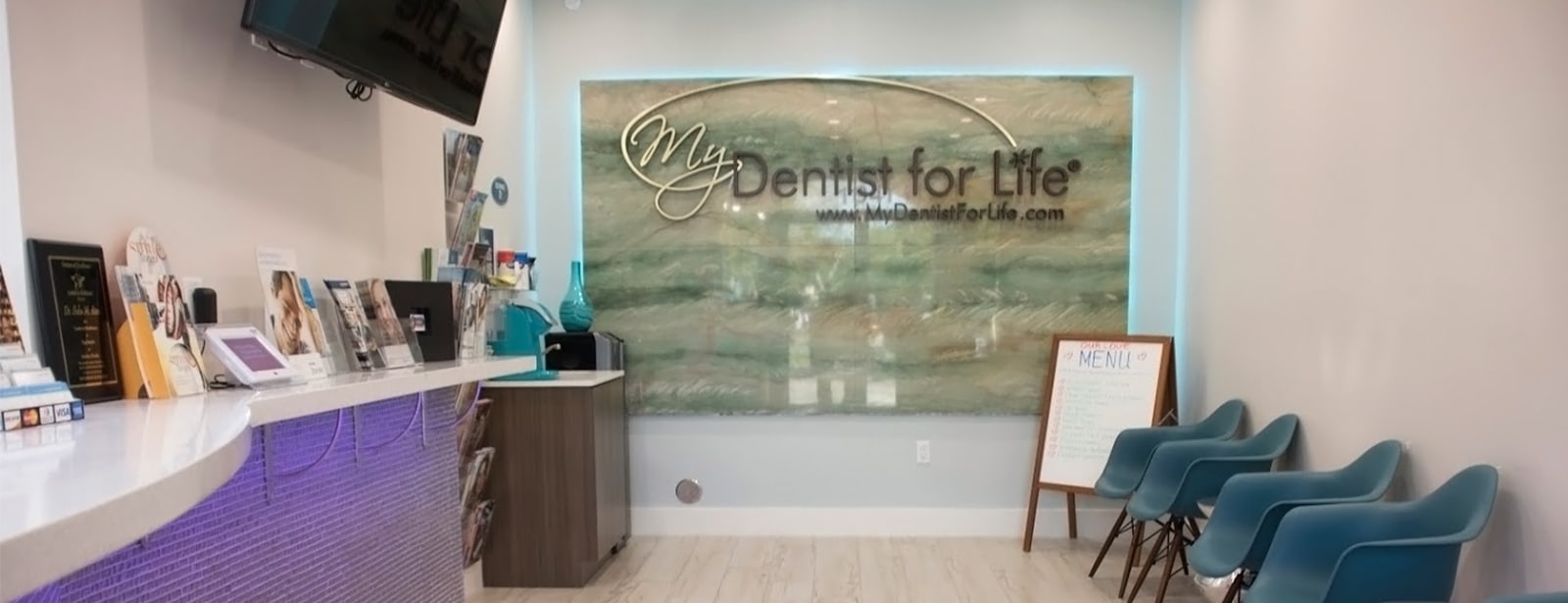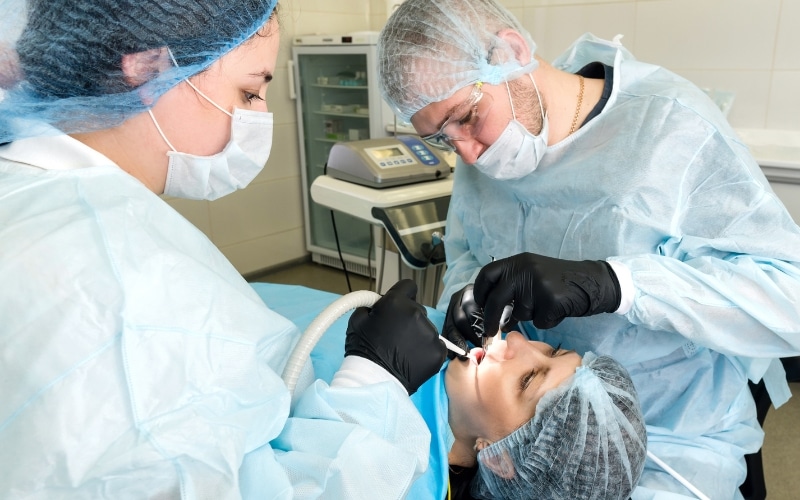ONLINE SCHEDULING AND VIRTUAL CONSULTS AVAILABLE

Types of Sedation Used In Dentistry: Which One Is Right For You?

Several patients worldwide avoid dental treatment out of fear. Thanks to the modern dental world, multiple sedative options are now available. Now, what is pain free sedation dentistry all about? Sedatives help patients relax during treatments, ensuring they receive a painless experience. Dentists decide the dosages based on the dental procedure and the amount of fear a particular patient suffers from. They not only calm patients’ nerves but also help dentists conduct procedures without disturbance. Are you wondering about the different types of sedatives and which one might be right for you? Let us have a detailed look at the blog below.
Nitrous Oxide (Laughing Gas)
Nitrous oxide is a prevalent and safe pain free sedation dentistry option. Laughing gas is its other name, and dentists generally place a mask covering the patient’s mouth and nose so that the patient can inhale the gas. The effects are usually quick and should be within a few minutes. Once this sedative starts working, you will feel drowsy. However, this particular sedative keeps the patient awake and responsive. Most importantly, the effects of this sedative go away very quickly, and you can walk back home right after the dental procedure. Shorter procedures are ideal for this sedative.
Oral Sedation
Under this process, patients are given specific pills at least an hour before the procedure. It can be an excellent solution for those who suffer from deeper forms of dental anxiety. However, dentists can vary the dosages based on the requirement. This pain free sedation dentistry option makes patients feel drowsy but keeps them awake and responsive. The effects tend to be extended, and you need someone’s assistance to return home after the procedure. Dentists use this for time-consuming dental procedures.
IV Sedation
IV Sedation is generally pushed directly into the bloodstream of patients using a small needle, mainly in the arms. It is known for offering more profound relaxation, and dentists can always control the dosages. This pain-free sedation dentistry option keeps the patient awake but makes remembering most of the procedure hard. Iv sedatives assure that patients stay calm and feel like time passes quickly. The application of this sedative requires close monitoring and is hence only used for extensive dental treatments. IV sedations are commonly used during extractions and dental implant surgeries.
General Anesthesia
General anesthesia puts you completely to sleep during your dental procedure. It is typically reserved for extensive oral surgeries or for patients with extreme dental fear, special needs, or those who cannot tolerate other forms of sedation. A qualified anesthesiologist performs this method in a hospital or surgical center setting. While under general anesthesia, you will not be conscious or feel any pain.
Which Type of Sedation Is Right for You?
Choosing the right sedation depends on several factors, including your level of anxiety, health history, the length of the procedure, and personal comfort. Mildly anxious patients may benefit from nitrous oxide or oral sedation. For those with severe fear, IV sedation or general anesthesia may be more appropriate. Your dentist will evaluate your needs, explain the risks and benefits, and recommend the safest option. Dentists can only tailor your treatment plan best while you are transparent in front of them during consultation.
Relaxed Visits Make Healthier Smiles
Sedation dentistry has transformed the patient experience, allowing people to receive the care they need without fear. Whether you need a simple cleaning or a surgical procedure, a sedation option can make your visit stress-free. Talk to your dentist about your concerns. Together, you can find the right level of sedation and make your dental care comfortable, safe, and anxiety-free.
Nervous about dental visits? Discover how sedation dentistry can help ease anxiety and solve common dental challenges. Read now: https://www.mydentistforlife.com/resolve-problems-with-sedation-dentistry/





